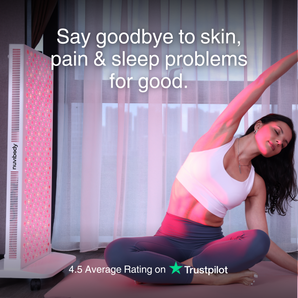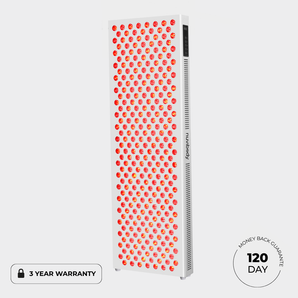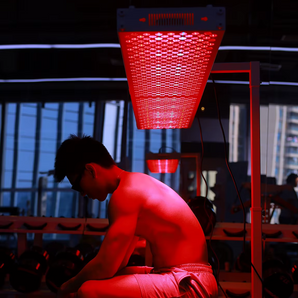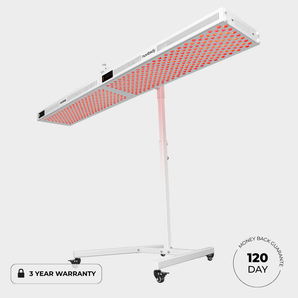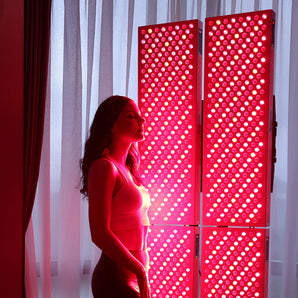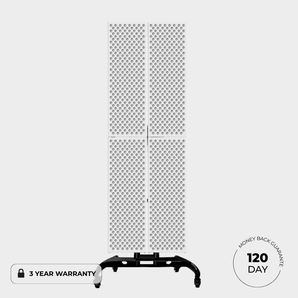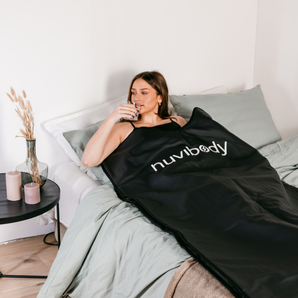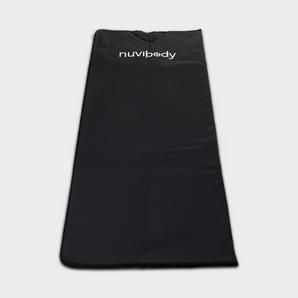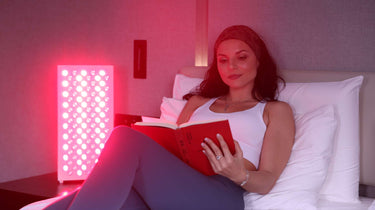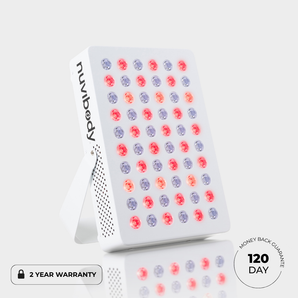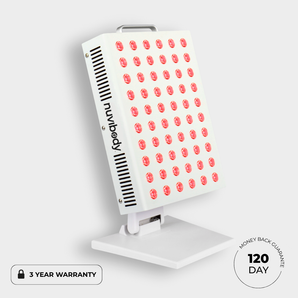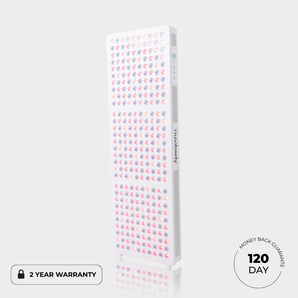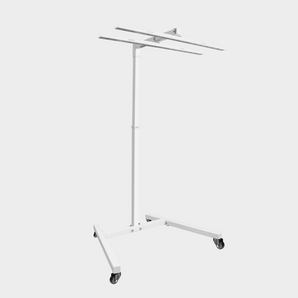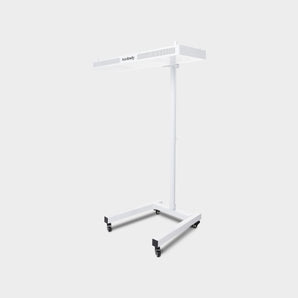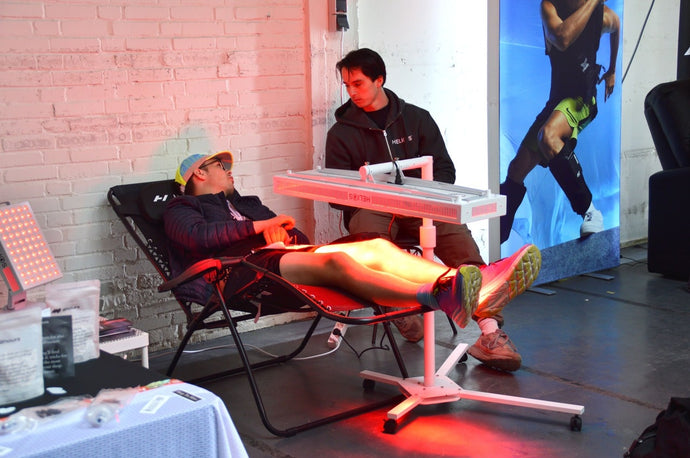
Science, not magic.
Red Light Therapy Explained
Scientific research shows that red and near-infrared light significantly improve the health of your cells.
Red light therapy uses specific wavelengths to enhance skin health, provide pain relief and increase energy levels, while bypassing the risks of UV radiation, helping to supplement the light deficiency that many people experience.
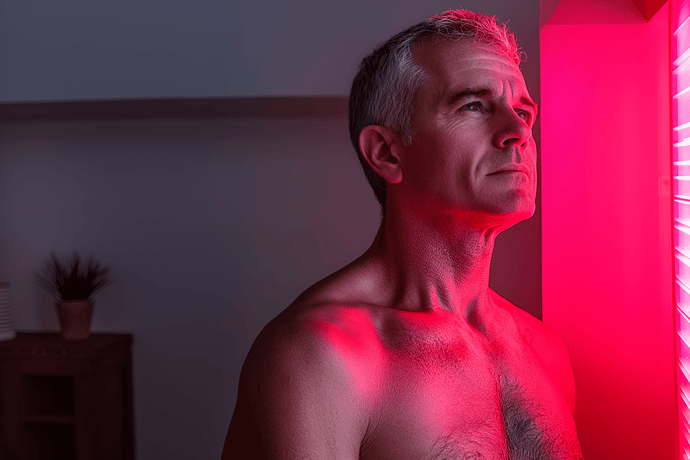
Science, not magic.
Why do we need light?
Light is essential to our well-being, just like food, water and oxygen. It influences our circadian rhythm, mood, sleep and more, and is crucial for biological processes such as metabolism and muscle movement.
Our exposure to natural light has been drastically reduced. Red light therapy offers a solution to compensate for this deficiency, allowing us to function better and improve our general well-being.

Science, not magic.
The role of NASA
Red and infrared light improve your health by energizing your cells, especially the mitochondria that produce energy. This process, known as red light therapy, increases cell energy, improves body functions and provides various health benefits.
This phenomenon was discovered by NASA in 1993, and since then thousands of scientific studies have been conducted that support the benefits of red light therapy.

Science, not magic.
But... does it really work?
We could inundate you with scientific studies on the power of red light therapy (if that interests you, you can read more via the button below).
In short: yes. Current science shows that most people can benefit significantly from red light in their daily routine.
Discover the benefits of Red Light Therapy
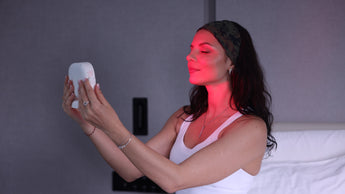
Red light therapy, used in spas for skin improvement, stimulates collagen, reduces inflammation and promotes blood circulation. Scientific research shows that it is effective against wrinkles, acne, scars, pigment spots and skin conditions such as eczema, rosacea and psoriasis.
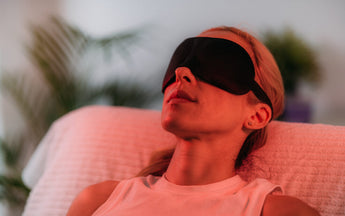
Red light therapy stimulates the production of melatonin, essential for healthy sleep and mood, while reducing the production of the stress hormone cortisol. Scientific research shows that red light improves sleep quality and helps with relaxation, especially in the evening, by offsetting the negative effects of blue light.
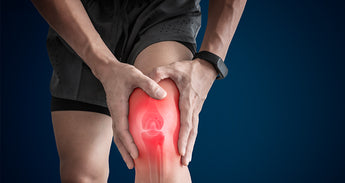
While inflammation sometimes serves a useful purpose, chronic inflammation can lead to long-term pain and health problems. Scientific research shows that red light therapy is a natural and effective way to treat pain and inflammation, without the side effects of medications. By improving blood circulation and strengthening the body’s antioxidant defenses, this therapy helps relieve pain and reduce inflammation. In just 10 minutes a day, red light therapy can help you recover faster and more efficiently.
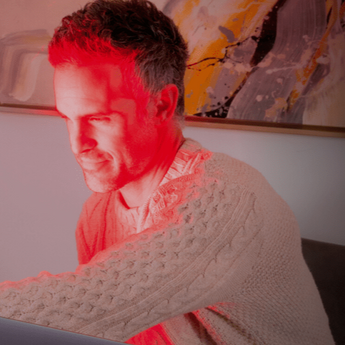
A recent study found that 74% of participants noticed improvements in their mental well-being within 30 days of using red light therapy.
In addition, using red light therapy in the morning sharpens the mind. Recent studies show that it can enhance cognitive functions, such as memory and executive functioning, making complex tasks easier.
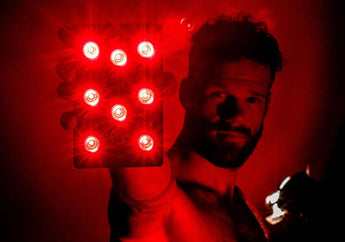
Research shows that light therapy offers prospects for addressing hormonal imbalances. These treatments effectively stimulate the production of essential hormones, including thyroid, mood-regulating hormones and sex hormones, in both men and women.
Although data are still limited, research suggests an increase in testosterone levels, likely due to activation of light-sensitive proteins in the testicles.
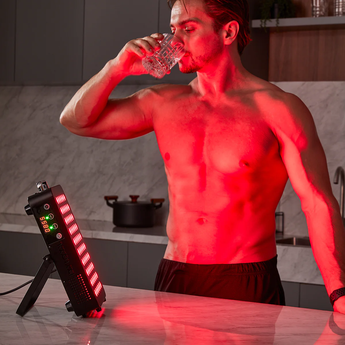
Scientific research shows that red light therapy promotes the production of adenosine triphosphate (ATP) in cells. By improving mitochondrial function, it addresses the underlying cause of energy deficiency and increases energy production at the cellular level. This makes the therapy effective in improving physical performance and reducing fatigue.
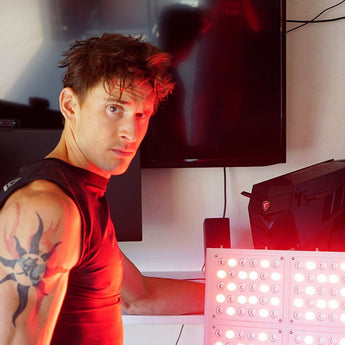
Red light therapy has also been shown to be effective in treating hair loss. Research shows that red light can stimulate hair follicle activity, resulting in increased hair growth and improved hair density.
This therapy works by promoting cell growth and repair in the hair follicles, which leads to increased blood circulation and the supply of essential nutrients to the scalp. As a result, it can help reduce thinning hair and promote healthier hair growth.
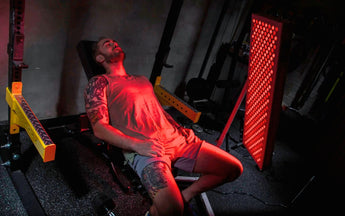
Red light therapy offers the possibility to train more intensively and with less discomfort by boosting your cellular energy production. This ensures that you can perform optimally.
Because muscle tissue, including the heart, is rich in mitochondria to support movement, it responds particularly well to red and infrared light.
Using red light before exercise prepares your body for increased strength and endurance. Using it after exercise can speed recovery, improve muscle adaptation, and reduce soreness after intense exercise.
A meta-analysis of 46 clinical studies supports the benefits of red light therapy for muscle recovery and performance.
Experience the power of light yourself
With our top-class red light therapy lamps you make a long-term investment. Discover the options below and experience the power of light.
